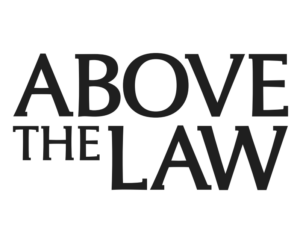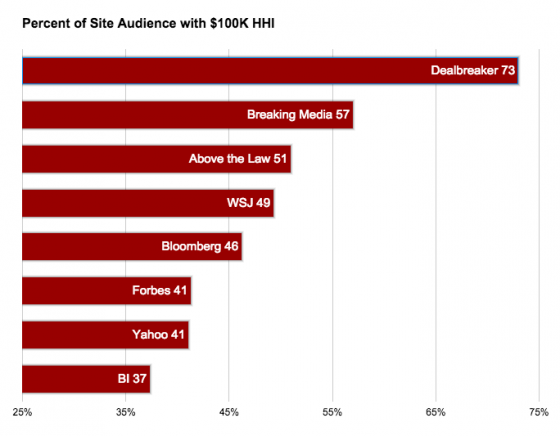 With the onset of Covid, the legal profession entered extraordinary and uncharted territory.
With the onset of Covid, the legal profession entered extraordinary and uncharted territory.
Starting in the early days of the pandemic, a leading CLE provider partnered with Above the Law on sharing the message that the provider was up to the challenge of helping attorneys navigate all of the inevitable uncertainty and disruption.
The result of the collaboration was Unprecedented, a multi-channel media product that served as a hub for Above the Law’s comprehensive editorial coverage of the impact of the pandemic on the legal industry and integrated the CLE provider’s own relevant thought leadership.
The content published under the Unprecedented rubric covered the full spectrum of the pandemic’s impact: the emergence of remote and hybrid working models for law firms, changes affecting specific practice areas, the astonishing developments in the legal talent market, the accelerating adoption of new technologies, and much more.
Unprecedented functioned as a bespoke micro-site on Above the Law, a newsletter, and a podcast, all leveraging ATL’s social media presence to amplify the provider’s brand.
Over the 12-month run of Unprecedented, it generated over 876,000 visitors (from over 43,000 different law firms and companies), more than 50 million impressions, and over 32,000 website clicks for provider. The custom newsletter’s open rate was more than double the average for a sponsored campaign, and its click rate was more than triple this average.
Breaking Media’s campaign management team capped off the project by delivering a detailed report drawing on the company’s partnership with Bombora, the leading intent data company. The report included such metrics as the specific companies engaging the most frequently with the provider’s content, the top articles based on engagement, and even trending research topics among this audience.
By delivering value of this caliber and reaching the most U.S. lawyers of any publication, Above the Law works to maintain long-term, uniquely productive partnerships with all of its legal industry clients.
If you are interested in learning more about this program or other ways you can partner with Above the Law to craft an impactful marketing strategy, please contact Sales Manager Alicia Demonte.






